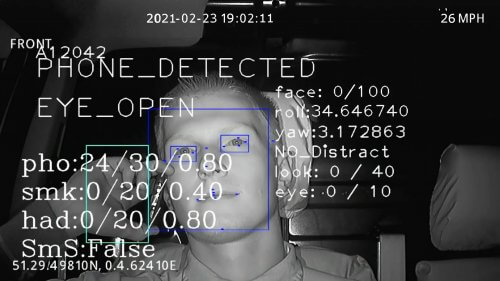 AI technology once seemed like the work of science fiction, but companies like Exeros Technologies are at the forefront of rolling the lifesaving systems out across the passenger transport industry. Peter Jackson learns more
AI technology once seemed like the work of science fiction, but companies like Exeros Technologies are at the forefront of rolling the lifesaving systems out across the passenger transport industry. Peter Jackson learns more
If you hear the term AI – that’s artificial intelligence – what comes to mind? Perhaps its video games, predictive text or maybe even humanoid robots. Either way, it’s unlikely to be the number one bus. One company is setting out to change that perception: Exeros Technologies.
[…]
By subscribing you will benefit from:
- Operator & Supplier Profiles
- Face-to-Face Interviews
- Lastest News
- Test Drives and Reviews
- Legal Updates
- Route Focus
- Industry Insider Opinions
- Passenger Perspective
- Vehicle Launches
- and much more!


